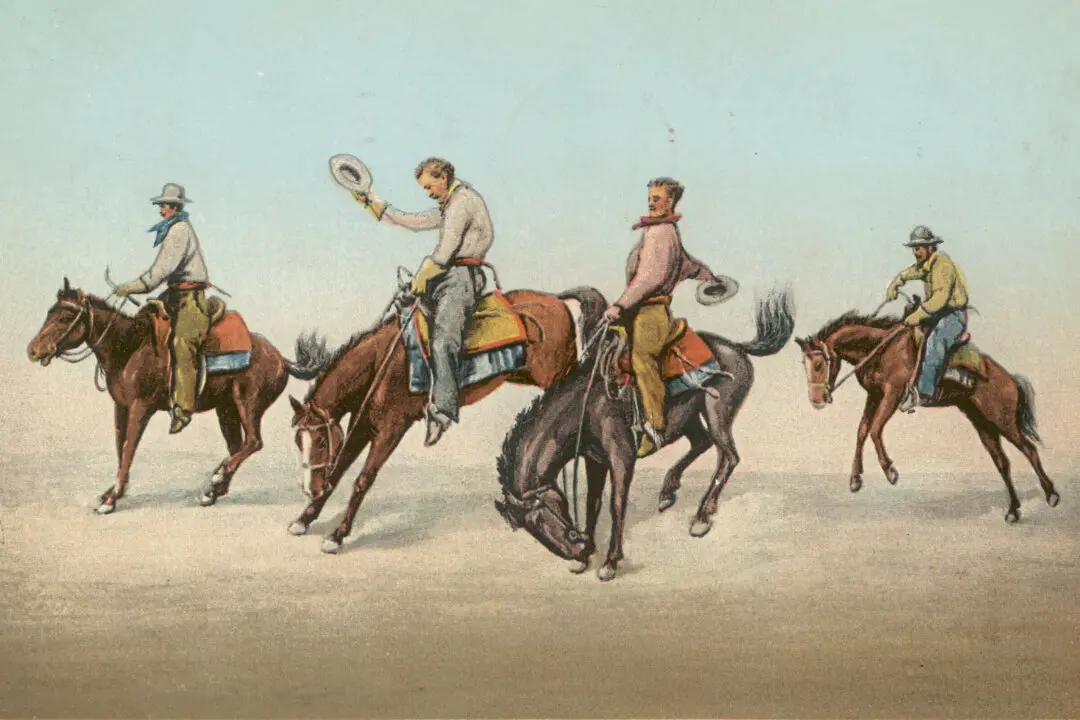Minister and hymn writer Reginald Heber dreamed of publishing a collection of his original hymns. However, his dedication to spreading the Christian gospel remained his top priority, taking time away from his personal pursuits.
In 1827, Heber’s wife Amelia published a collection of his songs to honor his legacy. Released posthumously after his death, the book gave the Christian faith one of its most essential hymns, “Holy, Holy, Holy.”





